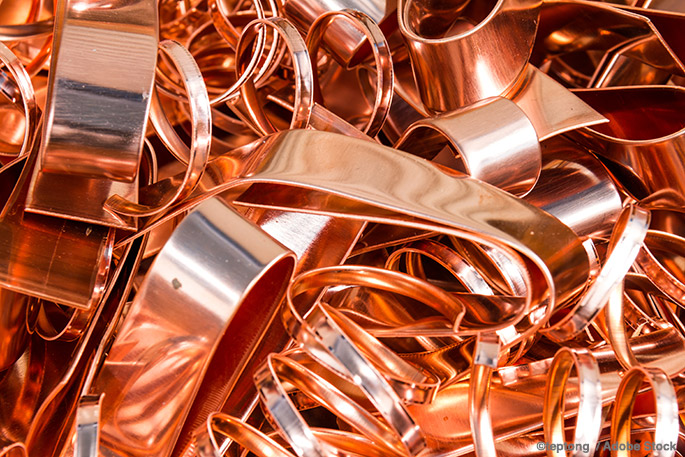Copper can continue contributing to society’s long-lasting development goals due to emerging technologies, geological availability, and industry innovation. Additional copper mining and processing sources will be required to meet its global usage demand, which is rising. The concept of reserves and resources refers to the future availability of minerals. This article will talk about the reserves and resources of copper and innovation in its recycling and mining.
Copper Resources And Reserves
Deposits that have been evaluated, discovered, and assessed for being profitable are known as reserves, whereas resources are much more significant in scale and mainly include reserves within their premises. Resources also include undiscovered deposits based on predictions made by preliminary geological surveys. Global reserves of copper are estimated to be 870 million tonnes, according to the statistical report of USGS, 2020. The annual demand for copper is 28 million tonnes, and resources of copper are estimated to exceed 5,000 million tonnes (as per USGS, 2014 & 2017).
Innovation In Copper Recycling
Recycling of copper plays a vital role in copper accessibility as tomorrow’s recycled copper is today’s primary material. To build a reliable future and satisfy the demand of future generations, recovering and recycling copper is the best option. It is considered one of the few materials that do not lose performance if repeatedly recycled. Moreover, both primary copper (mining production) and secondary copper (recycled production) have no difference in quality, allowing them to be used interchangeably.
Benefits Of Recycling Copper
Globally, recycling copper saves 40 million tonnes of carbon dioxide every year, the same as taking 16 million passenger cars off the road. Also, the recycling of copper consumes 80-90% less energy than its primary production, making it a highly eco-friendly way of reintroducing a precious material back into the economy. Copper has the highest electrical conductance of any metal except silver. It is estimated that nearly two-thirds of the 550 million tonnes of copper production since 1990 are still in productive use. Recycling of copper contributes to a progressive way towards a more circular economy. However, there are two reasons for not completely closing the loop. First is that copper is used for decades before it gets unusable and gets ready for recycling again. Secondly, due to product innovation and population growth, its demand increases continuously. Over the last decade, about 35 % of annual copper usage came from recycled resources. In the future, innovative technologies and policies will contribute to resource efficiency in mining and recycling copper at a higher rate. We recommend reading Three Valley Copper for the latest news regarding copper and its mining.
Conclusion
At present, our world has plenty of copper resources to meet the demands of our daily needs. However, we would need much more than that to compensate for the problems arising from population growth and economic development in the future. Mining companies like Three Valley Copper are progressing and updating daily to fulfill the future demand for copper. Hence, recycling and making more reserves are our best options to fulfill the demand for copper in the future.













